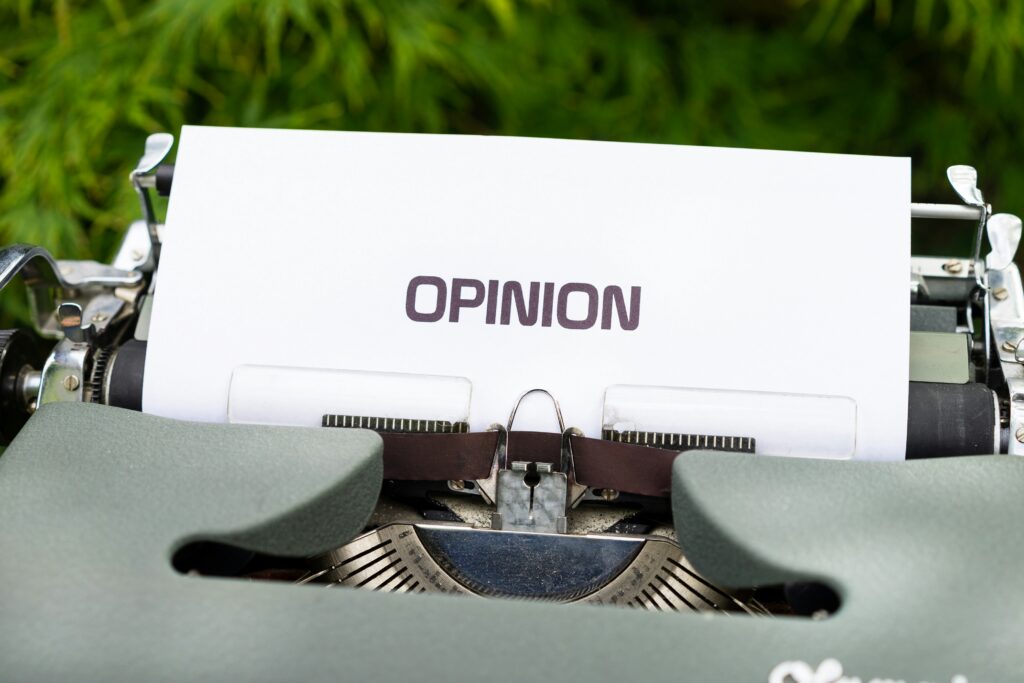Why Complexity Deserves the Spotlight
Scroll fast, post faster—that’s been the mantra for years. But things are shifting. In a culture built on speed, there’s growing hunger for content that slows things down and digs deeper. Audiences, worn out by hot takes and shallow consensus, are making room for longform editorial work that actually says something.
Behind this trend is a quiet craving for substance. It’s not about perfect grammar or fancy intros—it’s about clarity, integrity, and a willingness to wrestle with the full weight of an issue. People want to understand, not just react. That’s where deep editorial pieces come in. They give space to nuance, to conflicting views, and to ideas that can’t be crammed into 280 characters.
These longform stories matter because they don’t just inform—they shape the public conversation. When done right, they don’t shout over noise; they cut through it. They build trust, challenge assumptions, and give the audience credit for being capable of more than doomscrolling. In 2024, thought-driven content isn’t just relevant. It’s essential.
The Art of Breaking It Down
Complex topics shouldn’t read like instruction manuals. If your audience needs a PhD—or a thesaurus—to keep up, you’re not serving the story. The first rule of writing about difficult subjects: clarity over cleverness. Strip out the jargon unless absolutely necessary. If a technical term matters, define it in plain language and move on. You’re not dumbing it down—you’re opening it up.
Metaphors work hard here. Good ones do the heavy lifting of explanation without draining mental fuel. Analogies, real-world examples, or short anecdotes make abstract ideas land faster and stick longer. When in doubt, make it concrete.
The structure of your piece matters even more when the subject is tough. Start with what matters most—what’s at stake. Then step back and build context. Breadcrumbs work better than data dumps. Use subheads to pace the reader, logical transitions to keep the thread unbroken, and summaries if needed to reinforce key ideas.
At every stage, ask yourself: Am I helping the reader move forward, or just keeping them afloat? Your job isn’t just to inform—it’s to orient. Guide the reader through the complexity like a clear-headed friend, not a tour guide with a script. Write for humans, not headlines.
Where Depth Meets Diversity
Diversity isn’t just a checkbox—it’s a storytelling advantage. When creators bring in different voices, they expand the lens through which stories are told. Lived experience, cultural background, language, and even geography all shape how we see the world. And when those elements show up in editorial content, the result is almost always more compelling, more truthful, and more human.
There’s power in hearing a climate story from someone who’s lived through a flood, or unpacking tech ethics with a coder who’s also navigated systemic bias. That’s where identity meets expertise. It’s not just about inclusion for its own sake—it’s about producing sharper analysis and deeper narratives.
Audiences pick up on this. They’re smart. They can tell when a piece is written from a distance—and when it’s written from the inside. It’s no surprise the most impactful stories today are often the most personal.
Want a real-world look at this in action? Check out Reader Submissions: Voices From Around the World for a global mix of perspectives putting this idea to work.
Editorial Ethics and Responsibility
Fact-Checking in an Era of Misinformation
In a time when falsehoods can go viral faster than facts, fact-checking is no longer optional—it’s foundational. Accuracy protects not only a publication’s credibility but also public trust at large.
Key practices include:
- Verifying claims using multiple reputable sources
- Disclosing methodologies or sources when transparency matters
- Avoiding regurgitation—investigate, don’t speculate
Fact-checking is especially critical when reporting on fast-moving news or emotionally charged topics. Getting the story right isn’t just a detail—it’s a duty.
Navigating Bias Without Dilution
All editorial work is influenced by perspective, but responsible writing acknowledges this and strives for fairness. Stripping articles of every angle in the name of “neutrality” can lead to overly sanitized content that skirts the real issues.
Instead, focus on:
- Owning your editorial point of view, but grounding arguments in evidence
- Offering context, not just quotes—even when inconvenient
- Acknowledging complexity instead of forcing a simplified ‘both sides’ narrative
Integrity in analysis means showing your work—laying out your lens and inviting readers to think critically along with you.
Giving Voice to the Underreported
Some stories are hard to tell. Others are simply overlooked. Giving space to these narratives is part of the ethical responsibility of editorial teams.
To cover underreported issues with respect and precision:
- Center voices directly affected by the topic
- Avoid sensationalism—lead with relevance, not shock value
- Collaborate with contributors who reflect the subject’s lived reality
When done thoughtfully, this kind of coverage elevates journalism from reactive to reflective—inviting readers to confront complexity rather than turn away from it.
Standing Out in the Noise
If you want readers to stick around, you need more than a flashy headline. In a feed full of outrage bait and recycled takes, the writers making a real impact are the ones who invest in clarity, transparency, and good old-fashioned research. Show your process. Cite your sources. If you’re still double checking quotes and chasing context while others are hitting publish, you’re doing it right.
Cutting through the noise doesn’t mean yelling louder—it means saying something worth hearing. That starts with tone. Bold but grounded, direct but thoughtful. Audiences can smell fluff and spin from a mile away. Your job is to sound like a human being who did the work and cares about the outcome. Be clear. Be real. Be better.
And then there’s the zig. Every editorial landscape has its blind spots—topics no one’s covering because they’re messy, niche, or inconvenient. That’s your opportunity. Go where others won’t. Done well, that isn’t just contrarian—it’s leadership. In the sea of hot takes, challenge yourself to light a cold trail. Readers will follow.
The Bottom Line
Longform editorial isn’t dead—it’s just not loud. In a digital world built for swipes and soundbites, thoughtful, well-structured storytelling is still one of the most powerful tools a writer or journalist has. Why? Because truth doesn’t always fit into a tweet. And audiences—smart ones, anyway—know when something’s been flattened for speed.
When you take the time to unpack complexity, you’re not just informing. You’re inviting people to think, to question, to engage. That kind of attention isn’t passive; it’s earned. Readers who stay with you through a tough read tend to be the kind who come back, who share your work, who shape the right kind of conversation.
The internet isn’t lacking hot takes—it’s lacking clarity. Longform doesn’t need to mean bloated or boring. It means going deeper when something matters. If the topic’s uncomfortable, that’s often a signal you’re on the right track.
So here’s the call: don’t sit out the hard stuff. Write the piece that takes a little more time, makes readers shift in their chair, and sticks with them after they’ve moved on. It’s not the fastest way to go viral. But it’s how you build credibility—and impact—that lasts.


